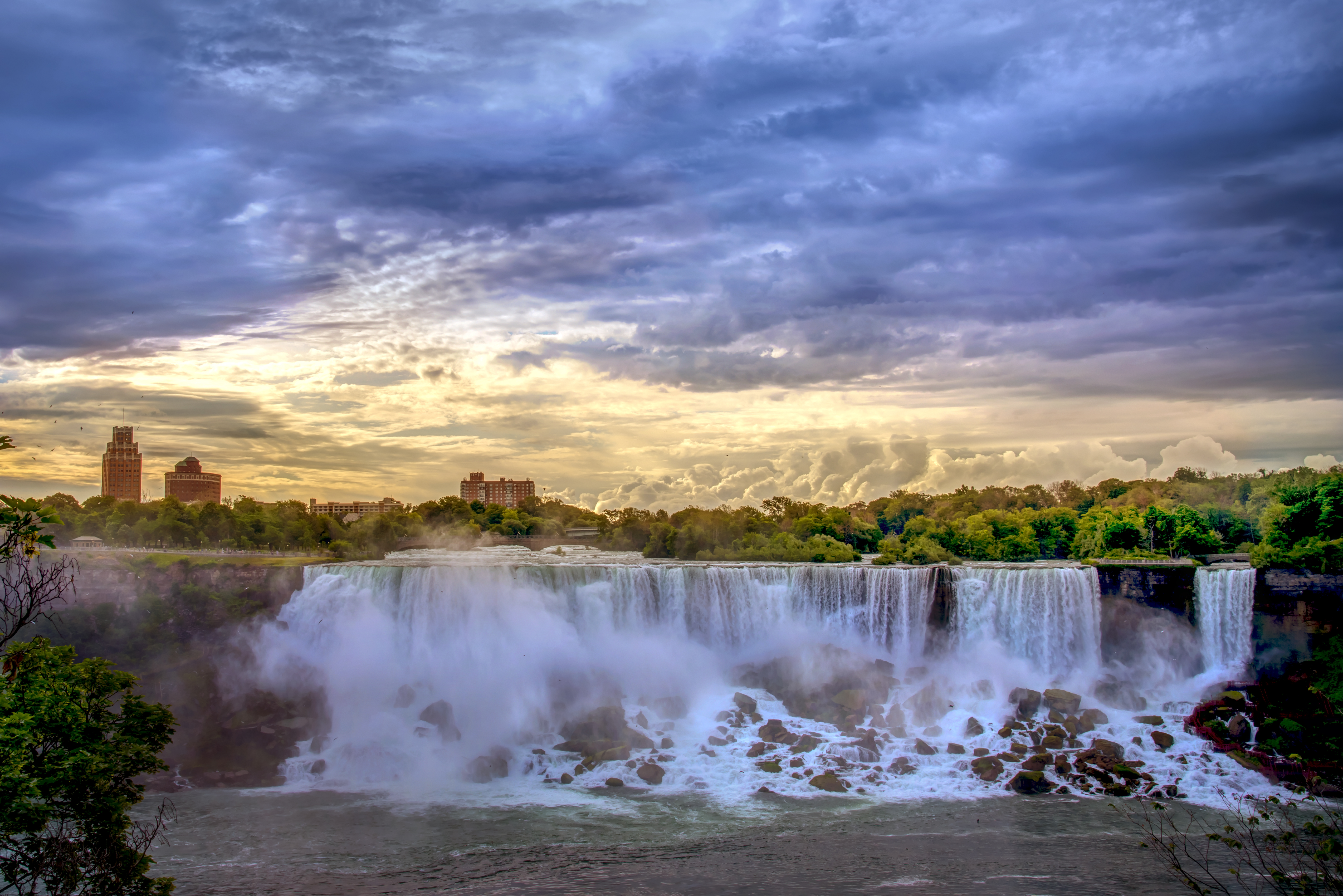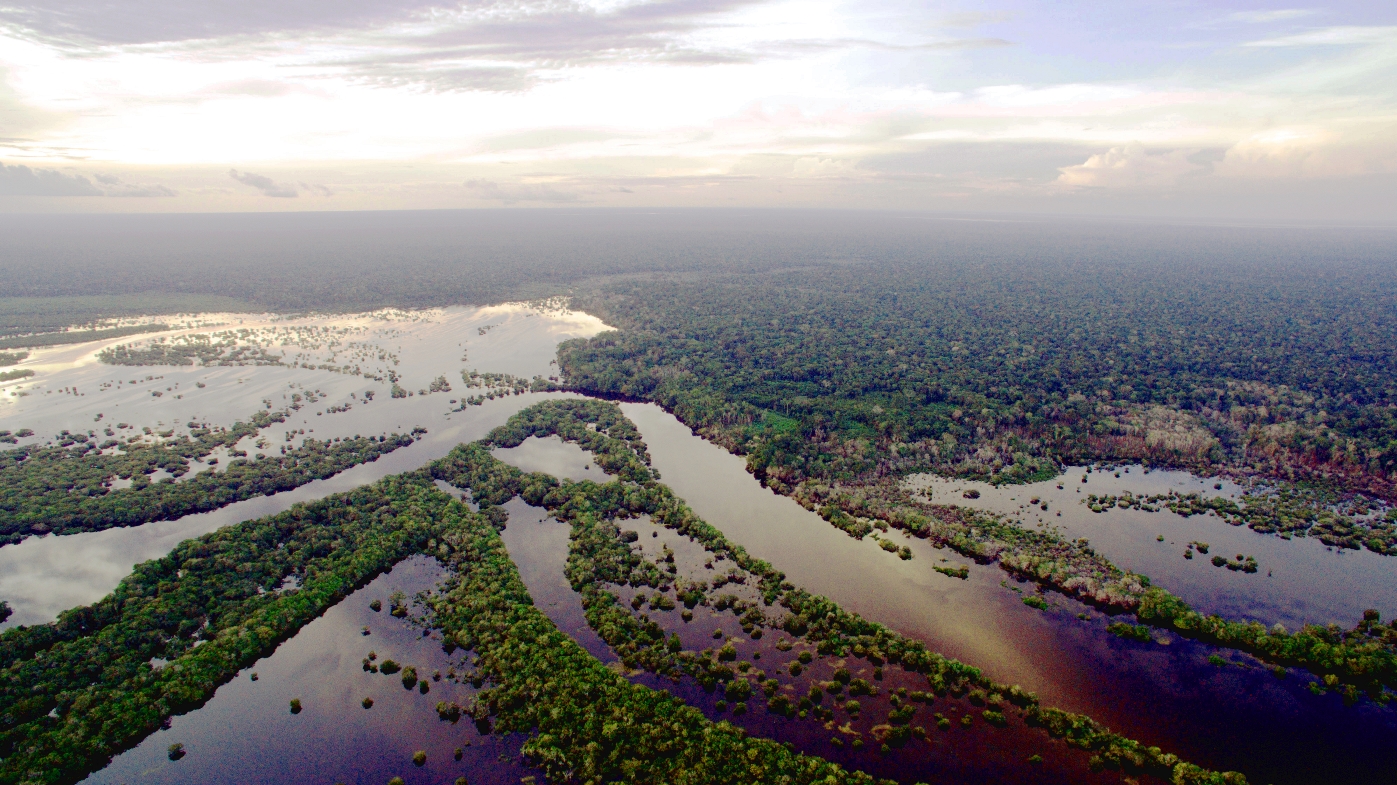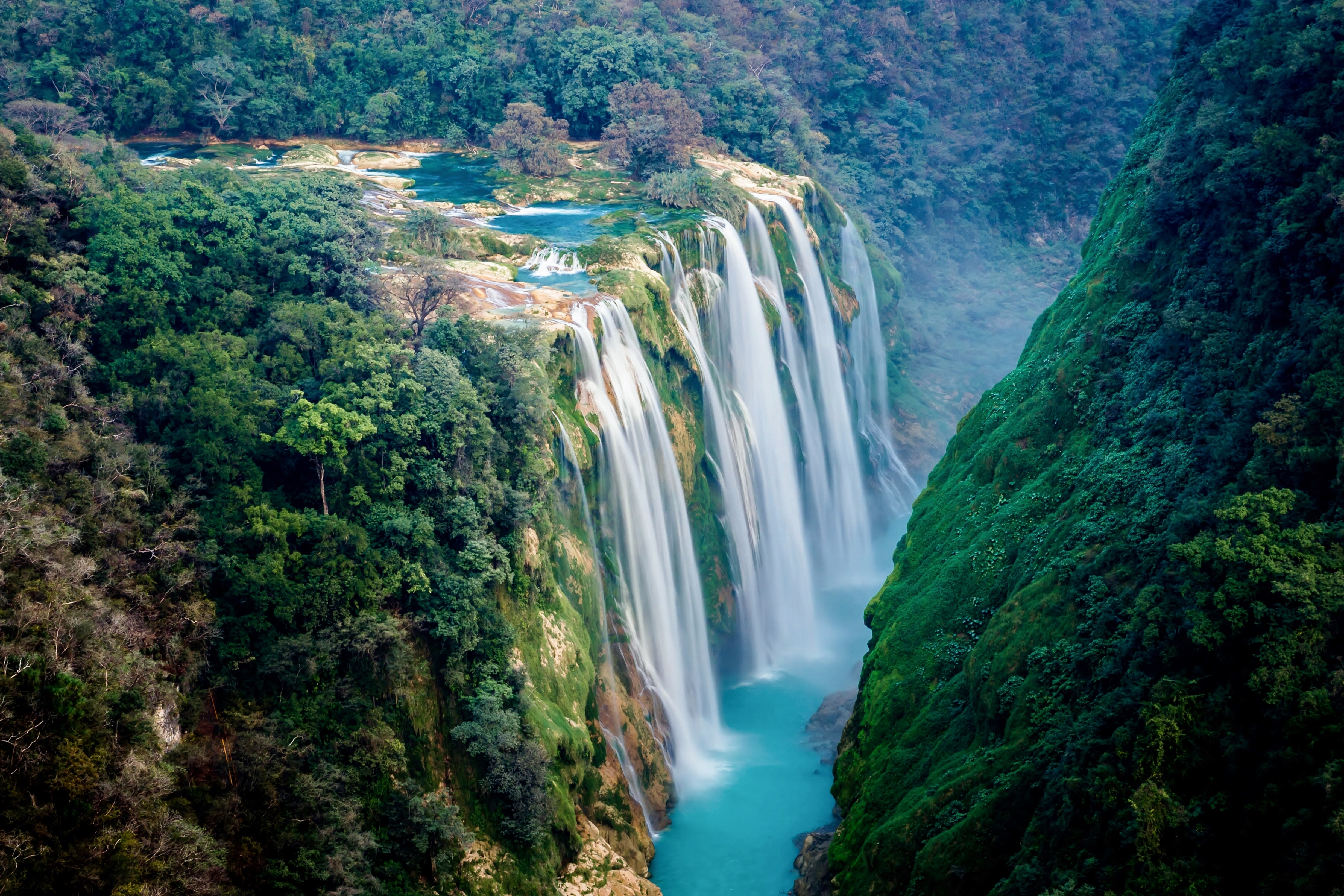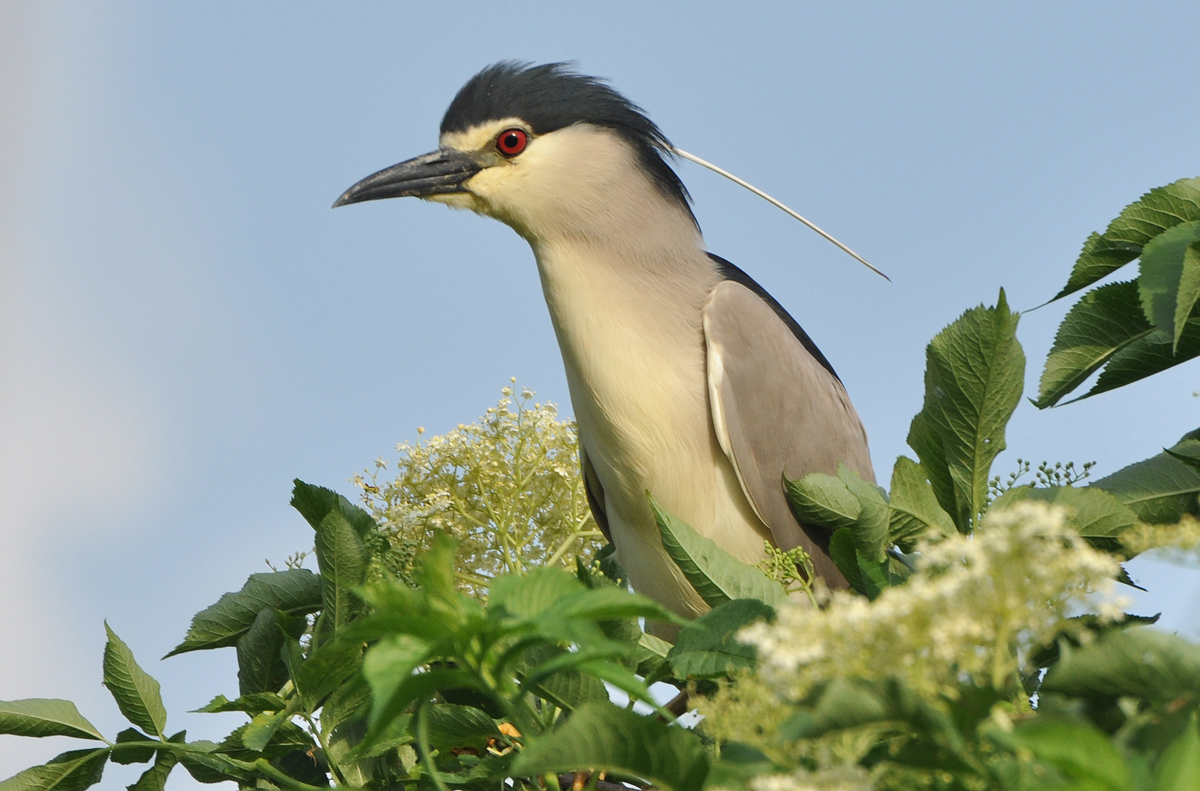Wetlands are life!
From freshwater and food security to sustainable cities and poverty eradication, healthy wetlands are essential for our daily survival - and for solving humanity’s most pressing challenges.


But, What are wetlands?
Wetlands occur where water meets land. They include mangroves, peatlands and marshes, rivers and lakes, deltas,
floodplains and flooded forests, rice-fields, and even coral reefs. Wetlands exist in every country and in every
climatic zone, from the polar regions to the tropics, and from high altitudes to dry regions.
Learn more on Wetlands International
Why should I care about Wetlands?
Wetlands are a critical part of our natural environment. They protect our shores from wave action, reduce the impacts of floods, absorb pollutants and improve water quality. They provide habitat for animals and plants and many contain a wide diversity of life, supporting plants and animals that are found nowhere else.
Facts about Wetlands that everyone should know! 📣
💧 The West Siberian Lowland, Amazon River Basin, and Hudson Bay Lowland are among the largest wetlands in the world. The world’s largest protected wetland is Llanos de Moxos, located in Bolivia and the largest designated Wetlands of International Importance is Rio Negro in Brazil. Learn more about Wetlands of International Importance


💧 They are natural water filters. Wetlands trap pollutants such as phosphorus and heavy metals in their soils, transform dissolved nitrogen into nitrogen gas, and break down suspended solids to neutralize harmful bacteria.


💧 Wetlands take many forms including marshes, bogs, mangroves, mudflats, ponds, swamps, billabongs, lagoons, lakes, and floodplains.
💧 19, 500 species depend on wetlands for survival!
💧 Wetlands can store up to 50 times more carbon than rainforests, which means only with covering 3% of the planet they can store one-third of the world’s total carbon.


💧 2nd February is celebrated as the World’s Wetlands day globally to raise awareness and significance of the wetlands
around the world.
Learn more about World Wetlands Day
Do you know that 34% of Wetlands have been lost in the past four decades!!? 😱😱😱
This page was built by Karen Gonzalez Downs